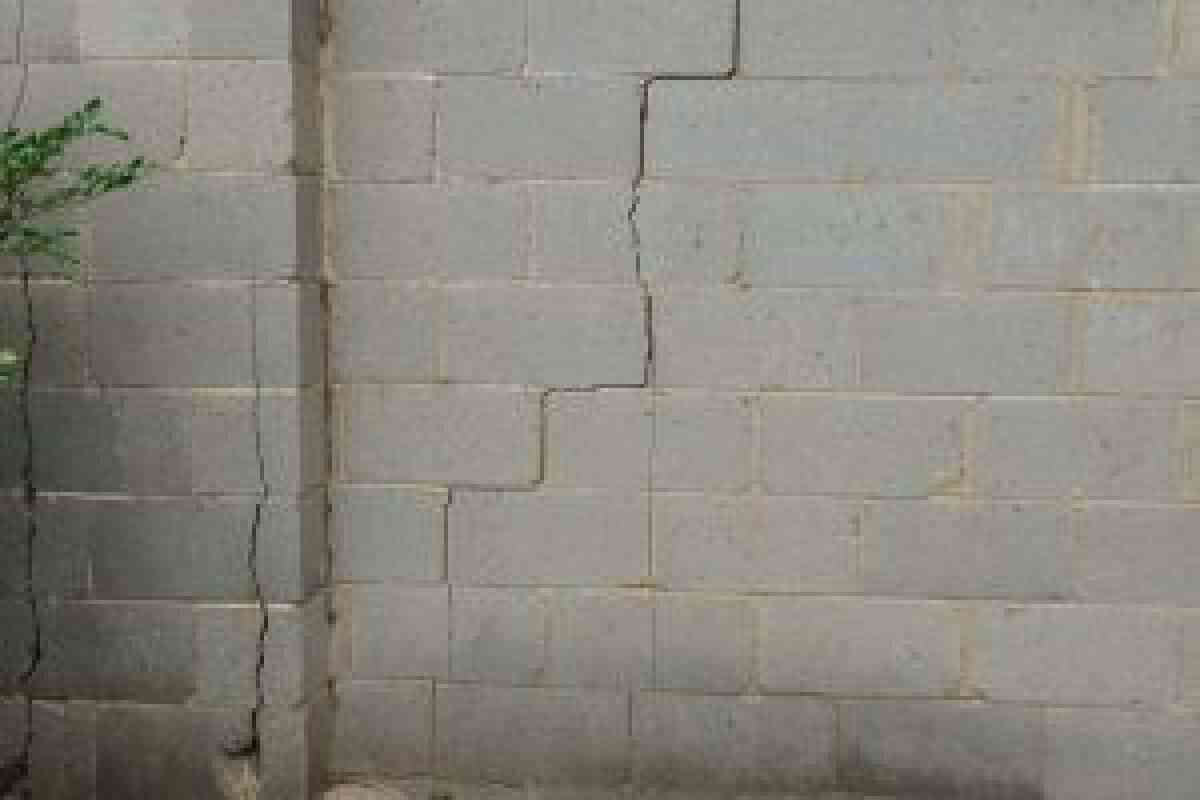What Causes A Sinking Foundation? Learn How To Fix It
- - Category: Constrution
- - 30 Mar, 2023
- - Views: 283
- Save

Keep your home safe and secure with our expert tips for addressing sinking foundation issues.
As a homeowner, there are few things as concerning as noticing that your home's foundation appears to be sinking. Not only can this lead to cosmetic issues such as cracks in walls and uneven floors, but it can also pose a serious safety risk for you and your family. But what causes a sinking foundation? Is there anything you can do to fix it? In this blog post, we'll take a closer look at the common culprits behind sinking foundations and provide you with actionable steps to help address the problem. So, whether you're a new homeowner or have been living in your house for years, keep reading to learn more about how to keep your home's foundation stable and secure.
Understanding the Causes of a Sinking Foundation
Sinking foundation is a common problem that homeowners face. There are several reasons why a foundation may sink, including poor soil conditions, inadequate drainage, and improper construction. One of the main causes of a sinking foundation is soil settlement. This occurs when the soil beneath the foundation compresses or shifts, causing the foundation to sink or settle.
Another cause of a sinking foundation is water damage. When water accumulates around the foundation, it can cause the soil to become saturated and unstable. This can lead to erosion and settlement of the soil, which in turn causes the foundation to sink.
It's important to address a sinking foundation as soon as possible to prevent further damage to your home. Ignoring the problem can lead to more serious issues such as cracks in walls and floors, uneven floors, and even structural damage. Understanding the causes of a sinking foundation is the first step in finding a solution to fix it.
Signs of a Sinking Foundation You Should Look Out For
A sinking foundation can cause a variety of problems for your home, and it's important to catch these issues early on. One of the most common signs of a sinking foundation is cracks in your walls or floors. These cracks may be small at first, but they can quickly grow larger if left untreated. Another sign to look out for is doors and windows that are difficult to open or close. This is because the foundation may be shifting, causing the frames to warp.
You may also notice that your floors are uneven or sloping in certain areas. This can be especially noticeable if you drop a ball and it rolls in one direction instead of staying in place. Finally, keep an eye out for gaps between your walls and ceilings or floors. These gaps can indicate that the foundation is settling unevenly.
If you notice any of these signs, it's important to have your foundation inspected by a professional as soon as possible.
How to Diagnose a Sinking Foundation Problem
To diagnose a sinking foundation problem, you need to inspect the home's exterior and interior. Look for signs such as cracks in walls or ceilings, sloping floors or doors that jam. Measure any visible cracks and monitor their progression over time to determine whether your foundation is sinking. Additionally, inspect your crawl space for signs of damage like moisture buildup, mold growth or pest infestation.
You can also conduct a DIY 'level test' by placing a tennis ball on different areas of the floor and observing its movement. If it rolls one way instead of staying put, it indicates uneven subsidence beneath the foundation.
A professional inspection from an engineer can properly identify if your foundation is actually settling vs experiencing other structural problems that could mimic settlement issues which would avoid unnecessary repair costs.
Different Methods for Fixing a Sinking Foundation
Different Methods for Fixing a Sinking Foundation
If you have noticed signs of a sinking foundation, it's important to address the problem as soon as possible. There are several methods for fixing a sinking foundation, but the best solution will depend on the specific cause of the problem.
One common method is slabjacking, which involves injecting a mixture of cement and other materials under the foundation to lift it back into place. This method is effective for fixing foundations that have sunk due to soil compaction or settling.
Another method is piering, which involves installing steel piers deep into the ground to support the foundation. This method is often used for foundations that have sunk due to soil erosion or poor soil conditions.
A third option is helical piers, which are similar to steel piers but are screwed into the ground instead of driven in. This method is often used for lighter structures or where access is limited.
It's important to consult with a professional foundation repair contractor to determine the best method for fixing your sinking foundation. They can assess the specific cause of the problem and recommend an appropriate solution.
